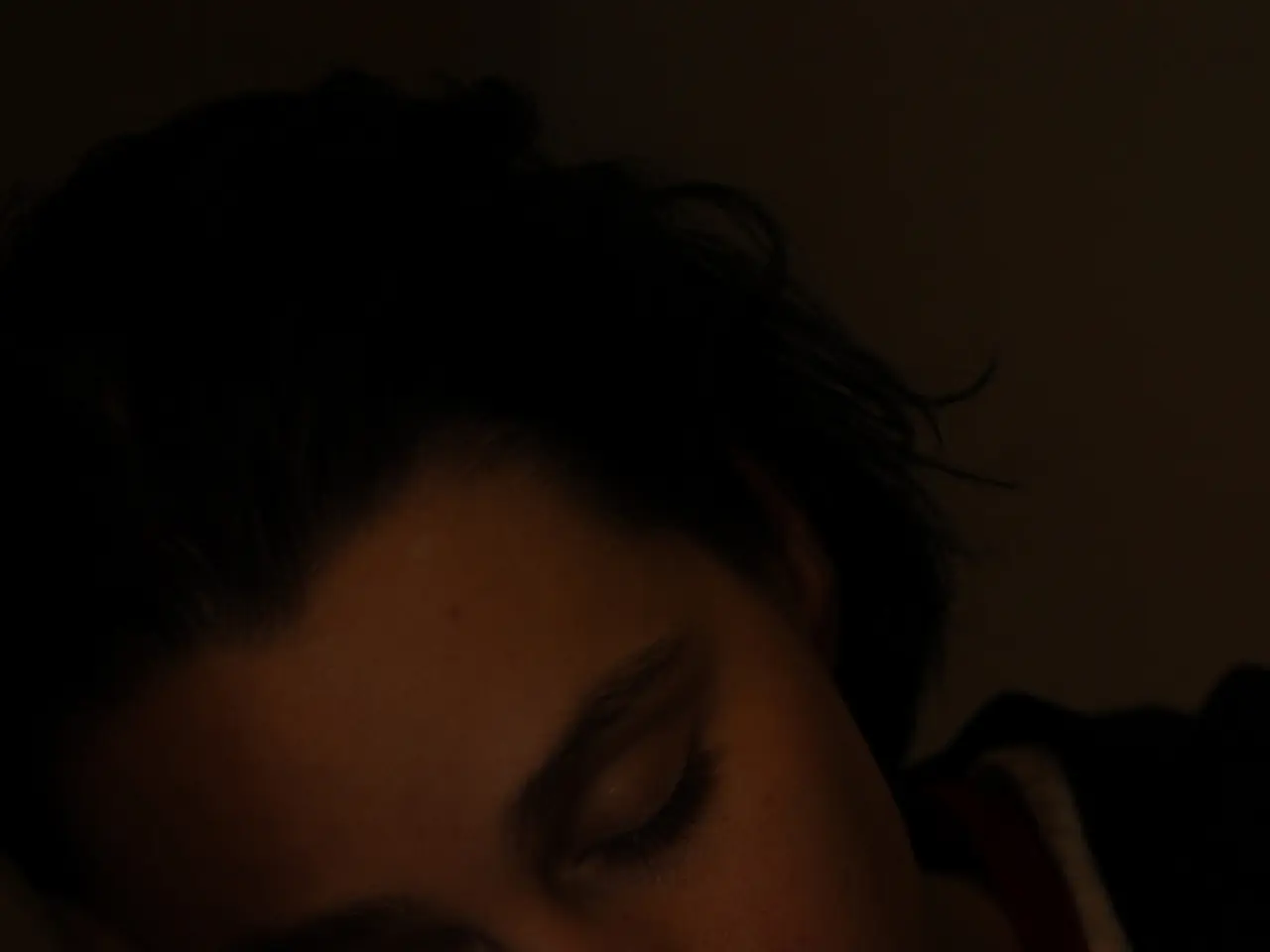Sexual behaviors occurring during sleep, commonly known as Sexsomnia, have been a topic of scientific interest. It raises the question: could one unknowingly be affected by this condition?
Unveiling Sexsomnia: A Rare Sleep Disorder
Sexsomnia, also known as sleep sex, is a little-known parasomnia that causes individuals to engage in sexual activities while asleep, without any awareness of their actions upon waking [1]. This disorder can manifest as masturbation, sexual movements, or even initiating sex with another person.
Common Causes and Symptoms
The exact causes of sexsomnia are not yet fully understood, but it is often linked to other sleep disorders such as sleepwalking, stress, alcohol use, and sleep deprivation. Additionally, individuals with sexsomnia may exhibit an open-eyed, vacant look during episodes and have no memory of their behaviors upon awakening [1].
Treatment Options
Treatment for sexsomnia can involve a variety of approaches, depending on the underlying causes. Medications, such as those used for related sleep disorders, may be prescribed. Improving sleep hygiene, by establishing consistent sleep schedules, reducing caffeine and alcohol intake, and creating a restful sleep environment, can also help reduce episodes. Managing stress through therapy or relaxation techniques can help decrease triggers, while addressing co-occurring sleep disorders like sleep apnea may improve symptoms [1][5].
A sleep study (polysomnography) may be conducted to diagnose sexsomnia or identify associated sleep disorders [1]. Treatment must often be tailored to the individual, focusing on both lifestyle changes and medical interventions as needed.
Impact and Management
Sexsomnia can cause significant distress for those affected and their partners due to its involuntary and unconscious nature [1]. However, with appropriate treatment, symptom management is possible. To ensure safety while seeking treatment, consider sleeping in a separate room, avoiding triggers, and following a consistent sleep schedule.
It is essential to have open conversations with loved ones about sexsomnia to help them understand and feel safe. Remember, actions during episodes of sexsomnia are not intentional, which means the condition may put others at risk.
Sexsomnia is clinically distinct from somnophilia, a conscious paraphilia involving sexual arousal by sleeping or unconscious individuals [4]. If you suspect you or someone you know may have sexsomnia, it is crucial to seek a professional diagnosis and appropriate treatment.
[1] American Academy of Sleep Medicine (2015). International Classification of Sleep Disorders, Third Edition. Darien, IL: American Academy of Sleep Medicine.
[4] American Psychiatric Association. (2013). Diagnostic and Statistical Manual of Mental Disorders (5th ed.). Arlington, VA: American Psychiatric Association.
[5] Morgenthaler, T. I., & Gozal, D. (2015). Principles and Practice of Sleep Medicine (6th ed.). Philadelphia, PA: Elsevier.
- Improving mental health through stress management and therapy can potentially decrease the triggers for sexsomnia.
- Adopting good health-and-wellness habits, such as consistent sleep schedules and a restful sleep environment, can help reduce the frequency of sexsomnia episodes.
- Ensuring a clean and healthy environment can indirectly help maintain good sleep hygiene, which may in turn lower the risk of sexsomnia or reduce its frequency.




